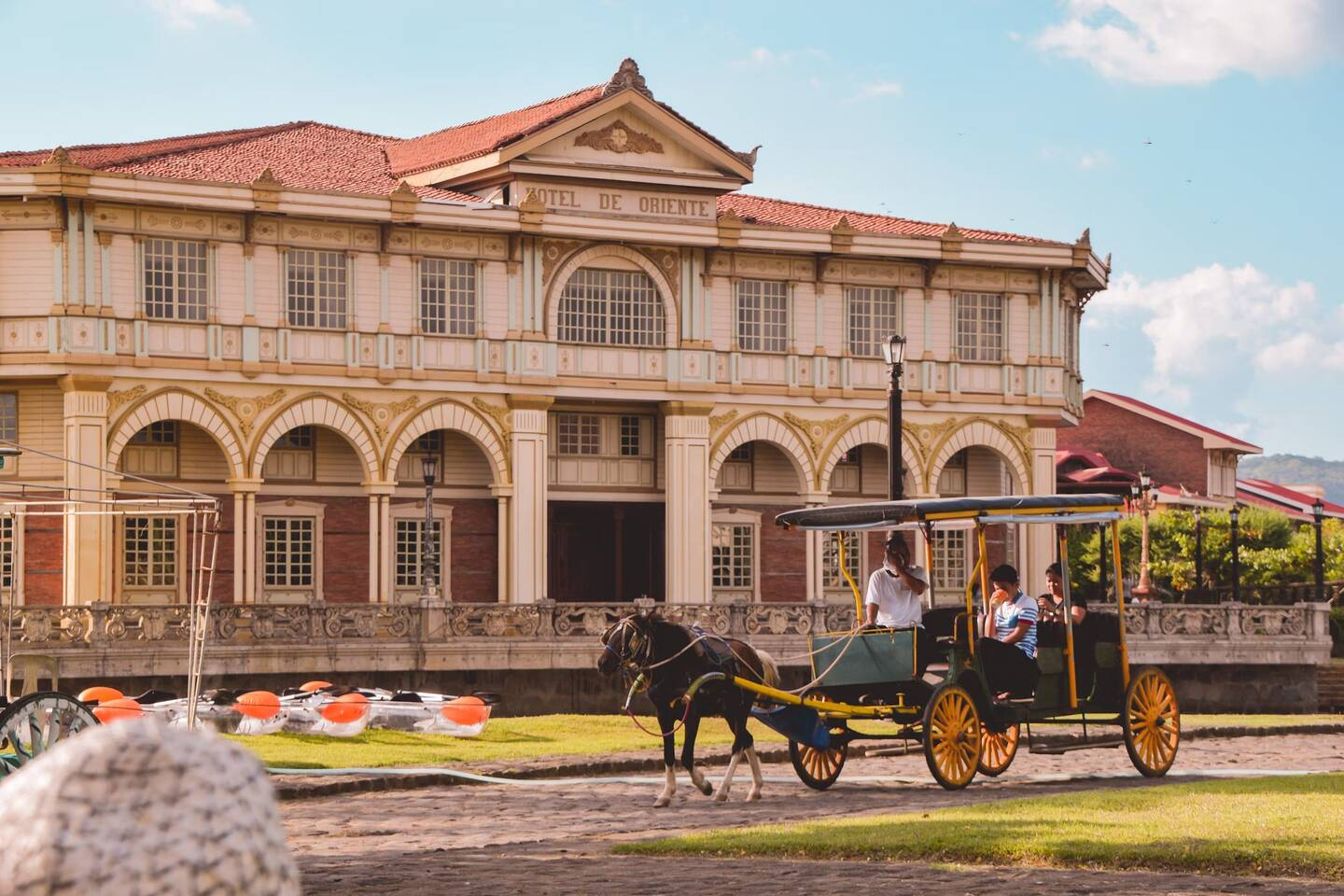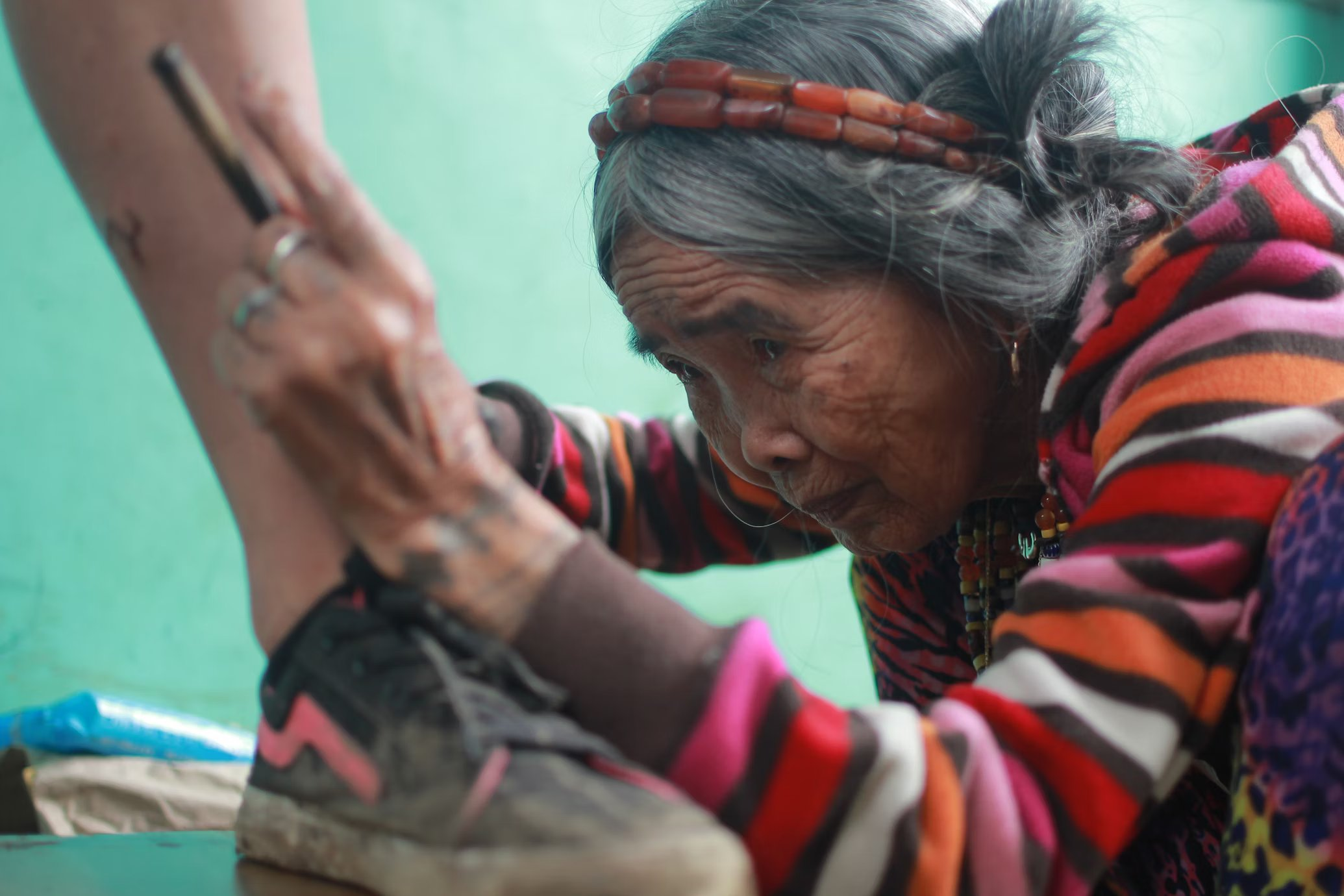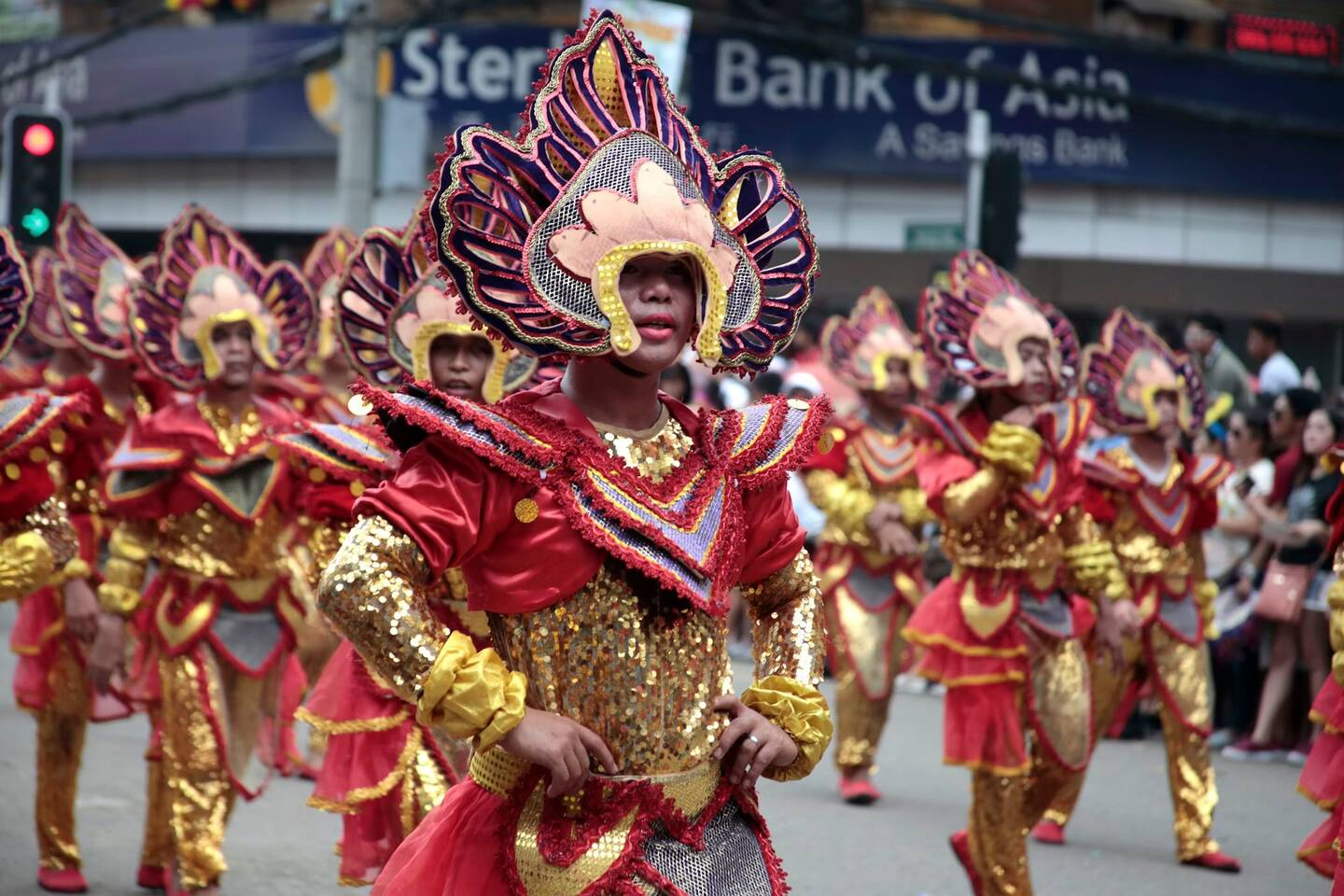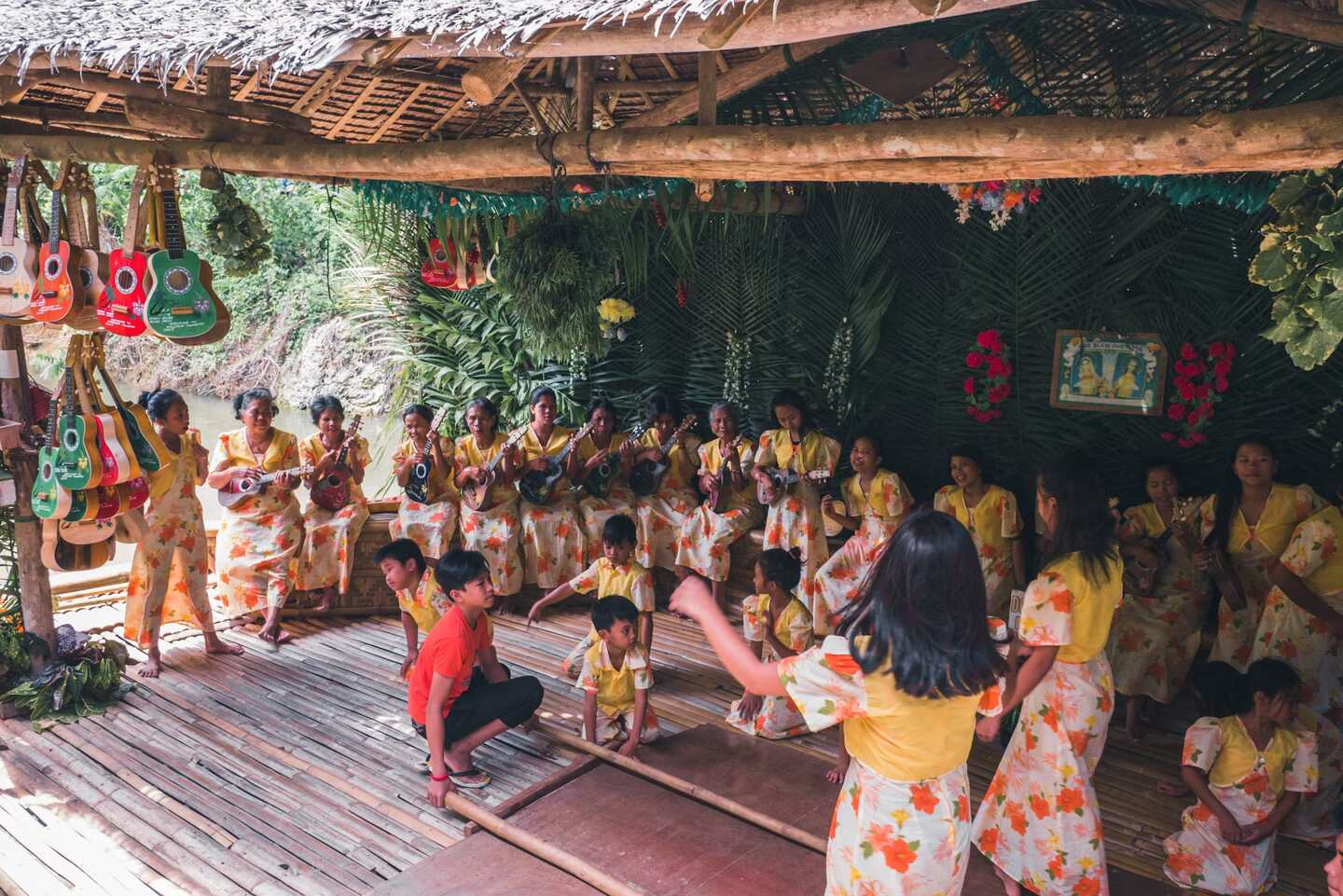
Every May, the Philippines celebrates National Heritage Month, a time dedicated to honoring the country’s rich cultural and historical heritage. This month-long celebration, declared through Presidential Proclamation No. 439 in 2003, aims to foster a deeper understanding and appreciation of what it means to be Filipino. It provides an opportunity for Filipinos to reconnect with their roots, celebrate their shared identity, and ensure that the legacy of their ancestors is preserved for future generations. The theme for National Heritage Month 2024 is “Championing Heritage: Capacity Building to Transform Communities.”
The Significance of National Heritage Month
National Heritage Month is more than just a commemoration, it is a celebration of the diverse elements that contribute to the Filipino identity. This celebration is a tribute to the Philippines’ cultural heritage, which has been woven from a multitude of influences over the centuries. Identified through cultural mapping, the country’s archipelagic nature has given rise to a vibrant mosaic of cultures, traditions, and histories, each region boasting its unique characteristics while contributing to the national identity.
A Tapestry of Diverse Influences

The Filipino heritage is an extraordinary blend of the old and the new, the local and the global. Indigenous customs and traditions form the bedrock of Filipino culture, with each ethnic group contributing distinct practices, languages, and worldviews. For instance, the weaving traditions of the Ifugao and the T’boli are not only artistic expressions but also carry deep cultural significance and stories of their people.
The Spanish occupation, lasting for over three centuries, left an indelible mark on Filipino identity. This period introduced Christianity and architectural marvels such as churches and fortresses that still stand today. Influences from the Spanish culture is also evident in the Filipino language, cuisine, and festivals.
The American era brought new dimensions to Filipino society, introducing the English language, modern education systems, mainstream media, and elements of American popular culture. This period further enriched the Filipino identity, blending with existing customs and traditions.
Moreover, the Philippines’ geographical location in Southeast Asia has facilitated interactions with neighboring Asian cultures. Chinese, Japanese, and Malay influences are evident in various aspects of Filipino life, from culinary practices to business enterprises.
An archive on cultural heritage, various indigenous people and communities, and diverse influences can be found at the country’s National Library.
Fostering National Pride and Unity
National Heritage Month plays a crucial role in fostering national pride and unity. By celebrating the unique aspects of Filipino culture, this month-long event helps strengthen the collective memory of the nation. It is an opportunity for Filipinos to reconnect with their roots and gain a deeper understanding of their shared past.
The celebration of heritage fosters a sense of belonging and identity among Filipinos. It reminds them of the values that bind them together, such as resilience, hospitality, and a strong sense of community. These values have been forged through centuries of shared experiences, struggles, and triumphs.
Resilience is a hallmark of the Filipino spirit, seen in the ability to recover from natural disasters and socio-political upheavals. Hospitality is deeply ingrained in Filipino culture, with a strong tradition of welcoming guests and showing kindness to strangers. The sense of community or bayanihan reflects the Filipino practice of communal unity and cooperation, particularly in times of need.
A Celebration of Diversity

National Heritage Month also celebrates the diversity within the Filipino nation. Each region of the Philippines has its own distinct cultural practices and traditions, contributing to the rich backdrop of the national heritage. From the colorful Ati-Atihan Festival in Aklan to the cheerful Pahiyas Festival in Quezon, these regional celebrations highlight the variety and vibrance of Filipino culture.
This diversity is not only a source of pride but also a unifying force. It demonstrates how different cultural elements can coexist harmoniously and contribute to a collective identity. By celebrating these differences, National Heritage Month promotes understanding and appreciation among Filipinos from various backgrounds.
Preserving the Past, Enriching the Future
National Heritage Month is also a reminder of the importance of preserving cultural heritage for future generations. It underscores the need to protect historical sites, conserve traditional practices, and support local artisans and cultural practitioners. Preservation efforts ensure that the rich cultural legacy of the Philippines is not lost but continues to inspire and enrich future generations.
National Heritage Month is a celebration of the Filipino identity in all its diversity and richness. It is a time for Filipinos to honor their past, take pride in their heritage, and look forward to a future where their cultural tapestry continues to thrive. Through this celebration, Filipinos reaffirm their shared values and collective memory, strengthening their sense of national pride and unity.
Activities and Events

Throughout May, a variety of activities and events are organized across the country to celebrate National Heritage Month. These include:
Exhibitions and cultural shows.
Museums and cultural institutions showcase artifacts, artworks, and performances that highlight Filipino history and traditions. These exhibitions provide a tangible connection to the past and educate the public about the richness of their cultural heritage.
Workshops and lectures.
Educational programs and workshops on traditional crafts, languages, dances, and music are conducted to encourage the transmission of knowledge and skills from one generation to the next. Lectures by historians, anthropologists, and cultural experts deepen the understanding of the country’s heritage.
Heritage tours.
Guided tours of historical sites, ancestral houses, and cultural landmarks offer an immersive experience of the country’s historical and architectural treasures. These tours often include storytelling sessions that bring history to life.
Community festivals.
Local festivals celebrating regional customs, cuisine, and folklore are held, showcasing the diversity within the nation. These festivals provide a platform for communities to take pride in their unique heritage and share it with a wider audience.
Cultural performances.
Traditional music, dance, and theatrical performances are staged, celebrating the artistic expressions that have been passed down through generations. These performances often include indigenous dances, Spanish-era zarzuelas, and contemporary Filipino theater.
Preserving and Promoting Filipino Heritage
National Heritage Month also emphasizes the importance of preserving and promoting Filipino heritage. The National Commission for Culture and the Arts (NCCA) plays a crucial role in this effort. It leads initiatives to document and safeguard intangible cultural heritage, such as oral traditions, performing arts, social practices, rituals, and festive events.
In addition to government efforts, community involvement is essential. Local communities are encouraged to take part in preservation activities, such as restoring historical sites, conserving traditional practices, and supporting local artisans. Public participation ensures that heritage preservation is a shared responsibility and a community-driven effort.
Reflecting on Filipino Identity
National Heritage Month invites Filipinos to reflect on their identity and the values that define them as a people. It is a time to celebrate the resilience and creativity that have shaped the national history. It also serves as a reminder of the importance of cultural diversity and the need to protect and promote it in an increasingly globalized world.
As Filipinos celebrate National Heritage Month, they not only honor their past but also look forward to a future where their rich cultural tapestry continues to thrive. By appreciating and preserving their heritage, they ensure that the unique essence of being Filipino remains vibrant for generations to come.

Celebrate Life’s Milestones in Camella!
Make unforgettable memories in a Camella home.
Our communities are designed to elevate your living experience.


